Foundation Repair Timing and Considerations
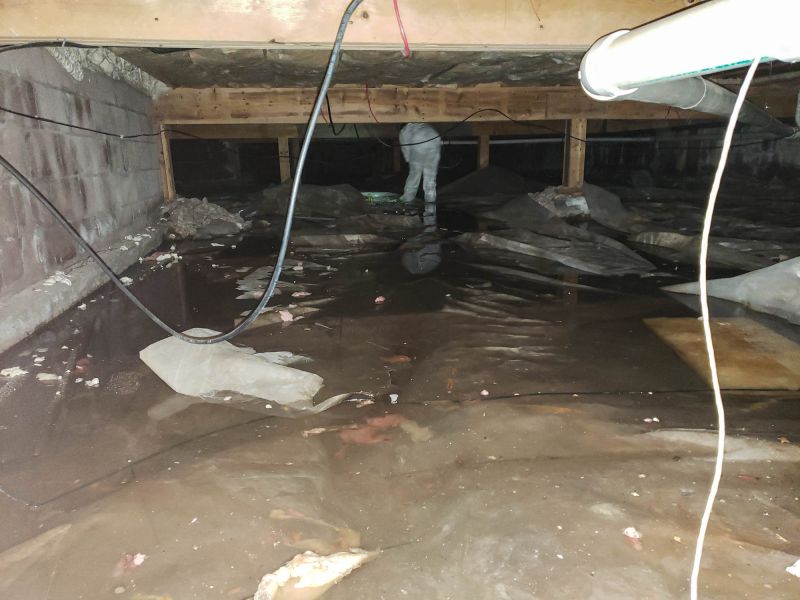
Spring offers moderate temperatures and manageable moisture levels, making it suitable for foundation repair projects.

Summer provides longer daylight hours, but high temperatures and dry conditions can complicate repairs.
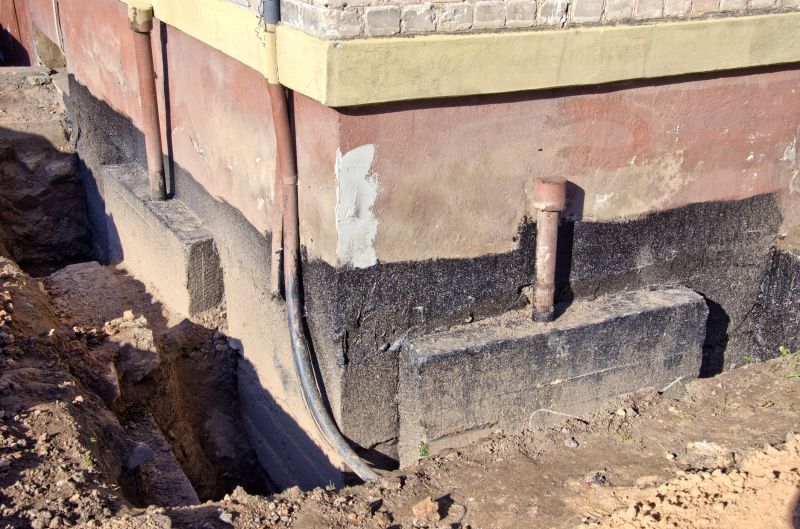
Fall's cooler weather and stable soil conditions often make it an ideal time for foundation work.
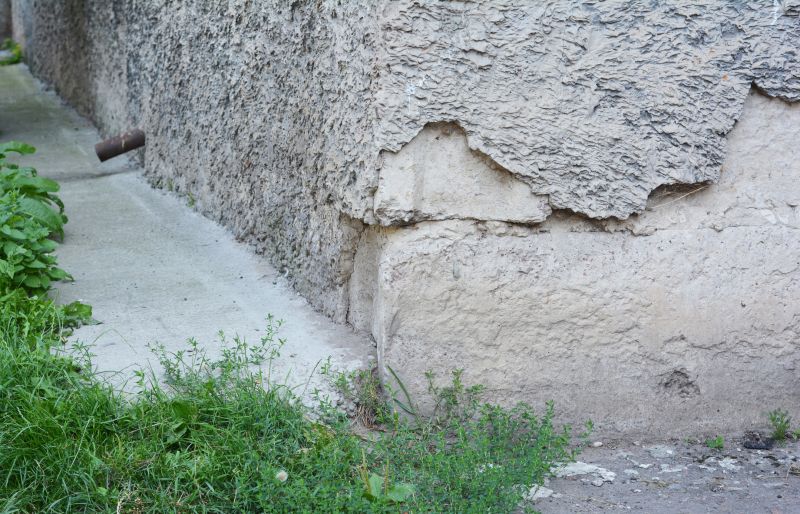
Winter is generally less favorable due to freezing temperatures and frozen ground, which can hinder repair efforts.
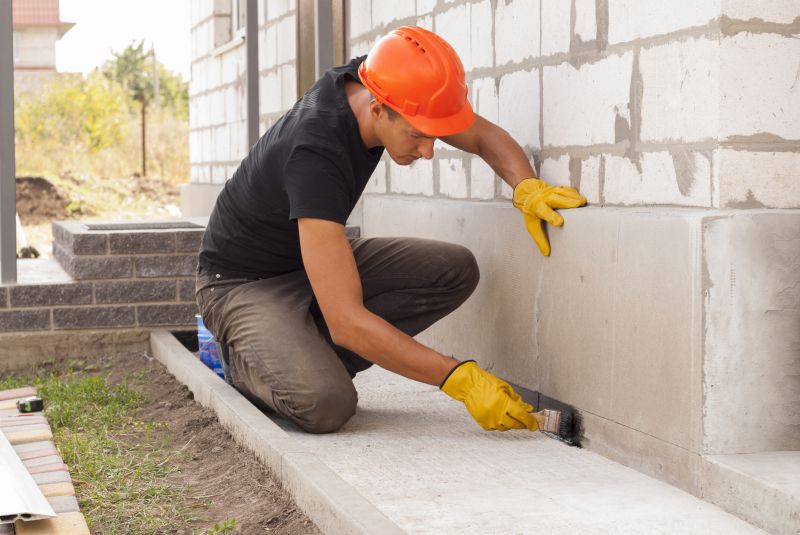
Periods of low rainfall help prevent soil expansion and contraction, reducing the risk of further damage during repairs.
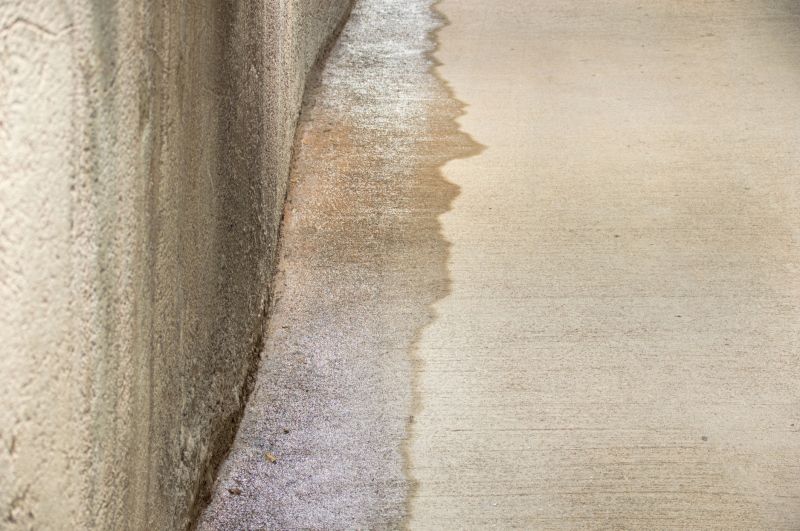
Waiting after heavy rain ensures soil has stabilized, minimizing the risk of new shifting after repairs.
Foundation repairs are essential for maintaining the structural integrity of a building. They address issues such as settling, cracking, and shifting caused by soil movement, moisture fluctuations, and other environmental factors. Proper timing of repairs can influence the effectiveness and longevity of the work performed. Typically, moderate weather conditions and stable soil moisture levels are most conducive to successful foundation repair projects.
Statistics indicate that foundation problems can affect up to 30 percent of homes in regions with variable soil conditions. Addressing issues promptly, especially during the optimal seasons, can prevent costly repairs and structural damage. Repair methods vary from underpinning to piering and slabjacking, each suited to specific soil and damage types. Consulting with foundation specialists can determine the best timing and approach for each situation.
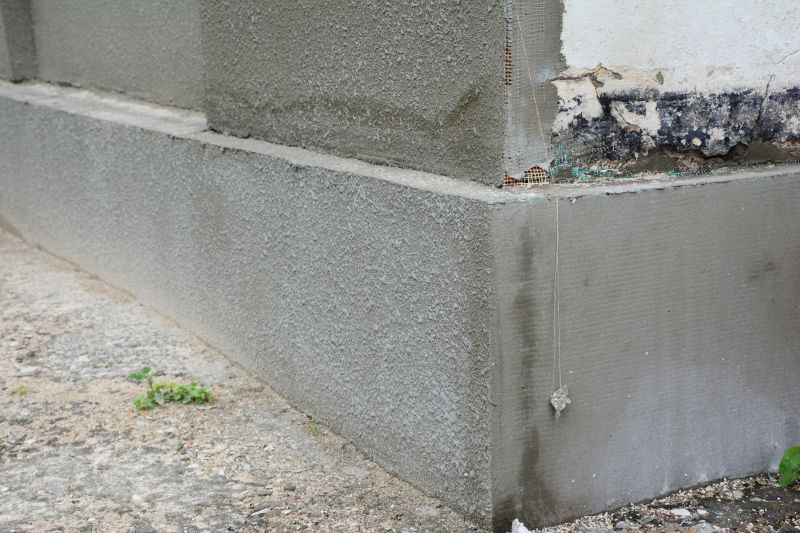
Finishes and colors that play nicely with Foundation Repairs.

Little measurements that prevent headaches on Foundation Repairs day.

A 60-second routine that keeps Foundation Repairs looking new.

A frequent mistake in Foundation Repairs and how to dodge it.
Cracks in walls, uneven floors, and sticking doors may indicate foundation issues requiring repair.
Common methods include underpinning, piering, and slabjacking, selected based on damage severity and soil conditions.
Early intervention can prevent further structural damage and reduce repair costs.
Soil moisture levels significantly impact foundation stability; repairs should be scheduled during periods of soil stabilization.
| Season | Advantages |
|---|---|
| Spring | Moderate weather, soil conditions conducive to repairs |
| Summer | Longer working hours, good visibility |
| Fall | Stable soil moisture, cooler temperatures |
| Winter | Less favorable due to freezing temperatures |
| Dry periods | Reduced soil movement, better repair conditions |
| Post-rain periods | Soil stabilization after moisture absorption |
Choosing the optimal time for foundation repairs can enhance the durability and effectiveness of the work. It is advisable to avoid scheduling repairs during extreme weather conditions such as heavy rain or freezing temperatures. Proper timing ensures soil stability and minimizes the risk of future issues, ultimately saving time and costs.
For homeowners in Murfreesboro, TN, understanding seasonal impacts on foundation health is crucial. Consulting with local foundation specialists can help determine the most suitable timing based on regional weather patterns and soil conditions. Regular inspections and timely repairs are key to maintaining structural safety and property value.

Small tweaks to make Foundation Repairs safer and easier to use.
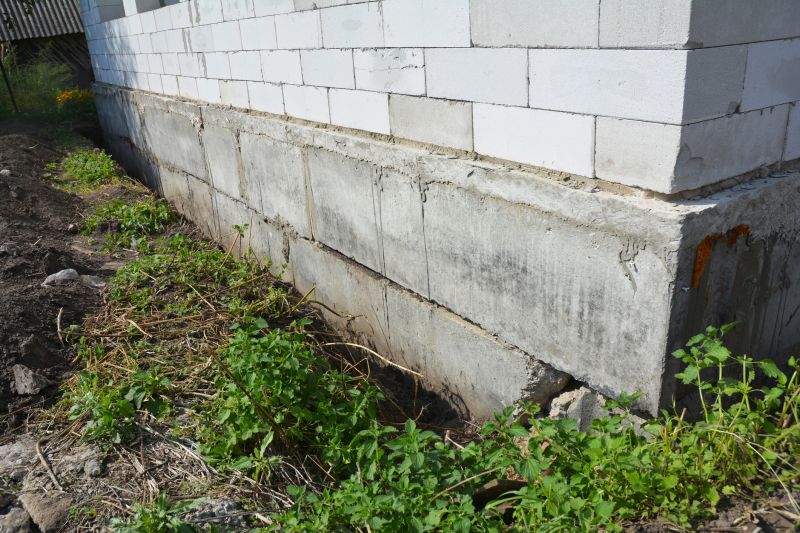
Lower-waste or water-saving choices for Foundation Repairs.
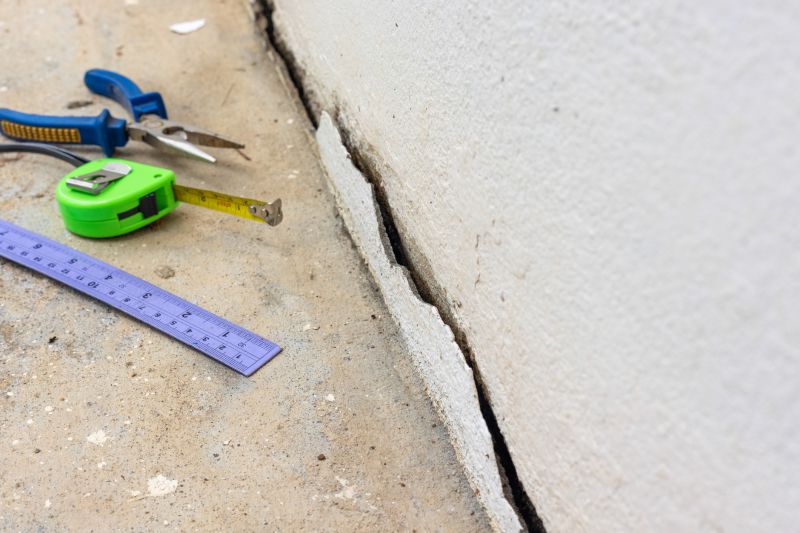
The short, realistic tool list for quality Foundation Repairs.
Interested in foundation repairs? Filling out the contact form can provide detailed information and assistance tailored to specific needs. Proper timing and professional guidance are essential for long-lasting results.




